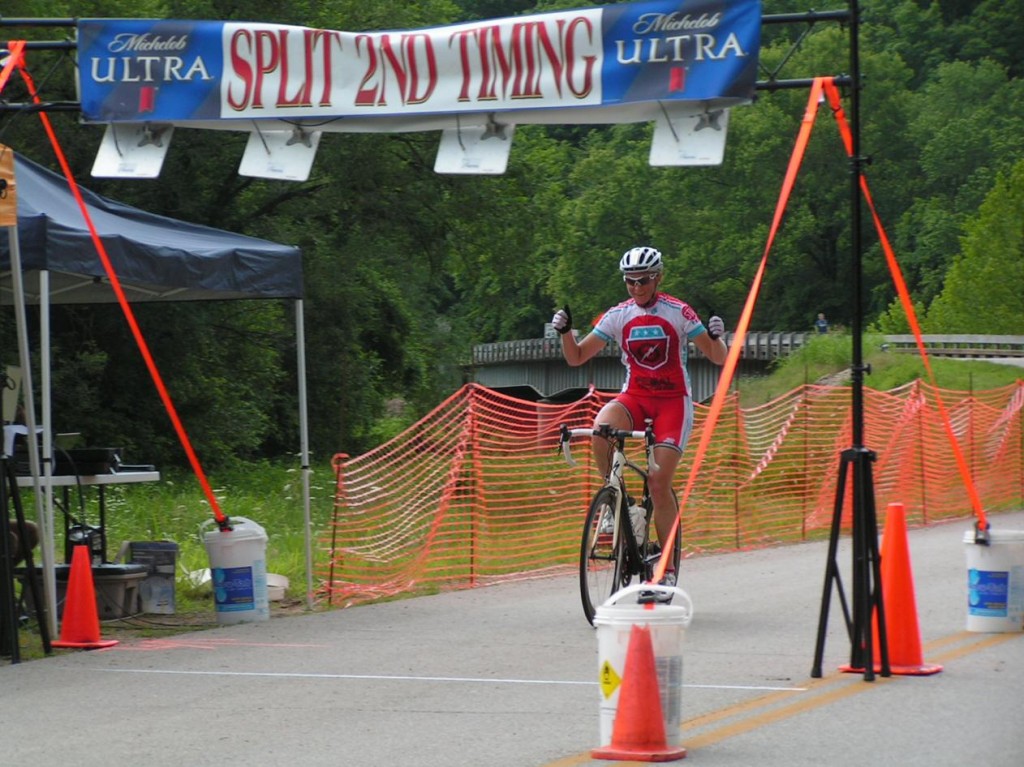
Figure 4-13 Illustration of the yellow trap. Figure 4-12 Ring-and-barrier diagram showing protected lead-lag left turns. Figure 4-11 Guidelines for determining the potential need for a left-turn phase. Figure 4-10 Prohibited left turns by time of day. Figure 4-9 Ring-and-barrier diagram showing split phasing. Figure 4-8 Ring-and-barrier diagram showing protected-permissive phasing. Figure 4-7 Ring-and-barrier diagram showing protected phasing. Figure 4-6 Ring-and-barrier diagram showing permissive phasing. Figure 4-5 Ring-and-barrier diagram for intersection of two one-way streets. Figure 4-4 Standard ring-and-barrier diagram. Figure 4-3 Typical vehicular and pedestrian movements at a four-leg intersection. Figure 4-2 Phasing and movement diagram for the intersection of two one-way streets. Figure 4-1 Physical components of a signal system. Table 4-2 Recommended detector locations and timing settings for multiple detector technique. Table 4-1 Recommended distance between stop line and detector. 4.7.5 Detection Design for Low-Speed Traffic Movements. 4.7.4 Detection Design for High-Speed Approaches. 4.4.3 Lead-Lag Left-Turn Phase Sequence.  4.4.1 Lead-Lead Left-Turn Phase Sequence.
4.4.1 Lead-Lead Left-Turn Phase Sequence. 
4.3.6 Guidelines for Selecting Left-Turn Phasing.4.3.5 Prohibition of Left-Turns as a Phasing Option.4.3.3 Protected-Permissive Left-Turn Phasing.4.3.1 Permissive Only Left-Turn Phasing.
 4.1.1 Relationship between Signal Timing and Traffic Control Design. CHAPTER 4 TRAFFIC SIGNAL DESIGN TABLE OF CONTENTS
4.1.1 Relationship between Signal Timing and Traffic Control Design. CHAPTER 4 TRAFFIC SIGNAL DESIGN TABLE OF CONTENTS










